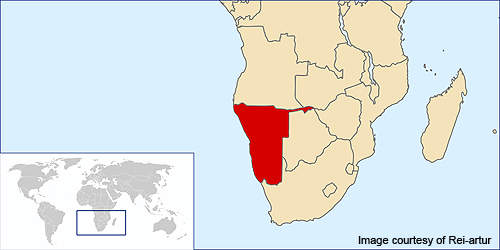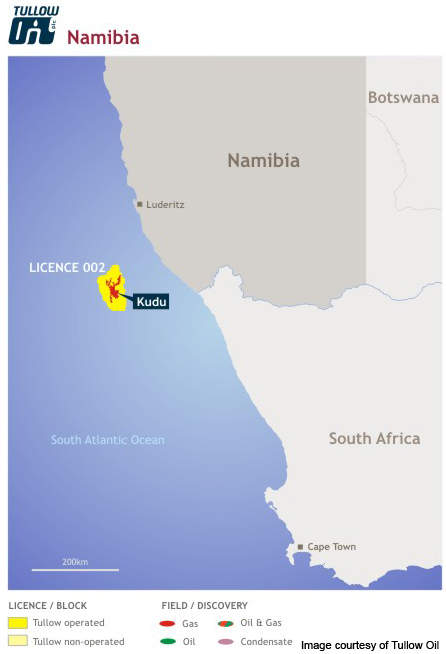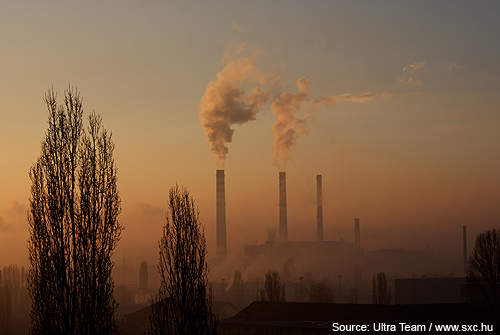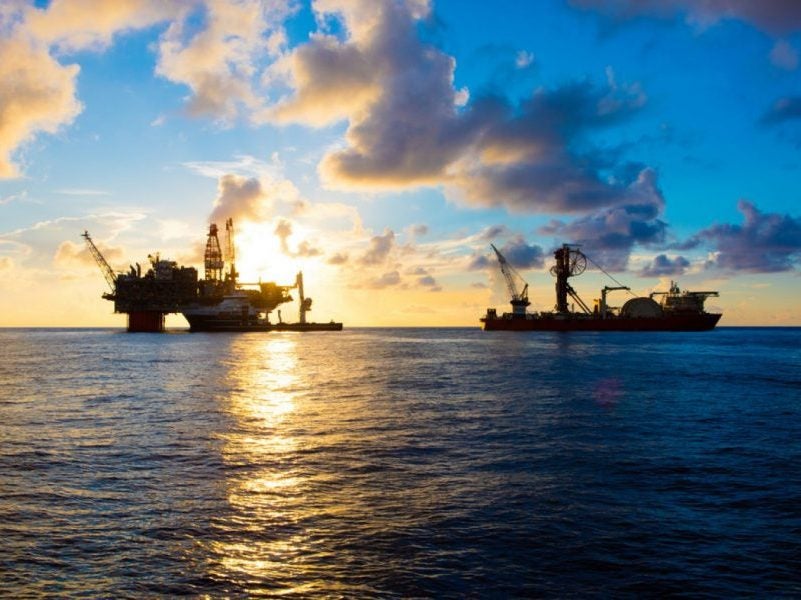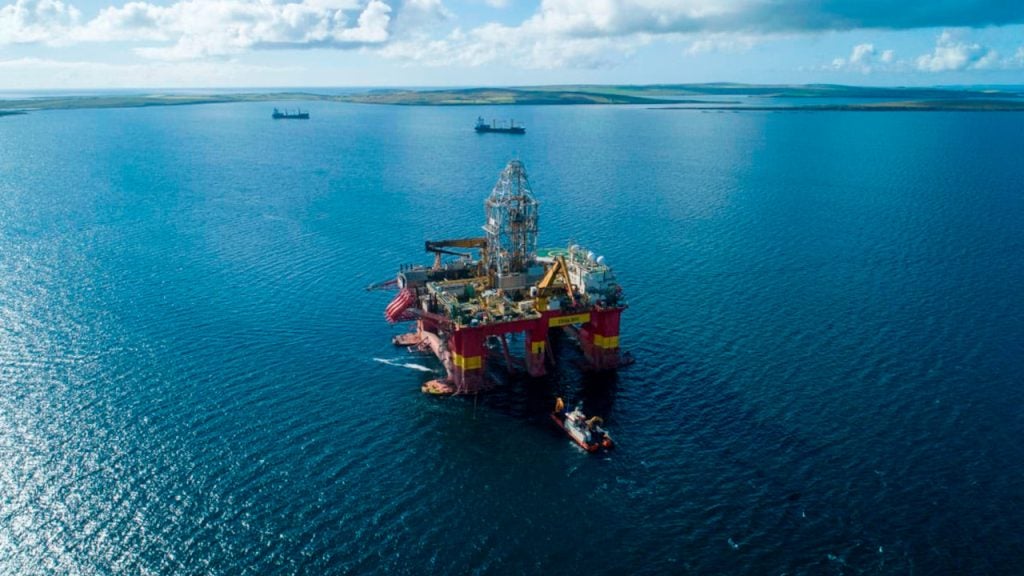Kudu gas field is part of production licence 001, located about 130km off the shore of Namibia near the city of Oranjemund, West Africa. It lies in the Orange Sub-basin at a water depth of 560ft. The field’s proven natural gas reserves are estimated at 1.3 trillion cubic feet and possible reserves at nine trillion cubic feet. The field’s life is estimated to be 22 years.
The Kudu field was discovered in 1974 by Chevron Texaco. Since its discovery, the field has been owned by several companies, including Royal Dutch Shell and Energy Africa. In 2004, Tullow Oil became the owner of the field through the acquisition of Energy Africa.
Tullow initially held a 90% interest in the field, but later sold 20% to Itochu Corporation and ten percent to the National Petroleum Corporation of Namibia (Namcor). The project was estimated to require an investment of approximately R7bn ($1bn).
Kudu gas field joint venture development
In March 2010, Namcor and Gazprom signed an agreement to form a joint venture to develop the field. Government of Namibia issued a two-year production licence to the joint venture during the same time. During that time, the joint venture planned to carry out a feasibility study for the field.
The joint venture would have received a 25-year production licence following the submission of the field development plan and signing of an agreement with the field’s other licensees. On signing the agreement, the Namcor and Gazprom joint venture would own a 70% interest in the field.
Tullow’s interest in the Kudu field was to decrease to 31% and Itochu’s to 15%. Tullow was expected to remain the operator. The project’s partners are yet to reach an agreement on the development of the field.
Issues such as high gas prices, payment for gas in forex and lack of a power off-taker, had to be resolved before an agreement could be reached. The Namibian Government expected the agreement to be finalised and signed by October 2011. On finalisation of the agreement between the various licensees, field development was expected to begin in 2011, with first oil in 2014.
In June 2011, however, Gazprom pulled out of the project as it did not receive approval from its board. The government is seeking a new partner to develop the project. It has expressed interest to partner with Iran, considering Iran’s expertise in developing huge offshore projects. The final investment decision on the project is expected in mid-2012.
Development of the Kudu field is expected to aid in the economic growth of Namibia and stimulate further exploration of the country’s resources.
Geology of the Namibian gas field’s reservoir and discovery / drilling
The Kudu field reservoir is located at a depth of 4,400m and interbedded with volcanic rock. The reservoir is 50m thick with porosity of 12%. Gas is trapped in the aeolian sandstones of the Barremian age.
The Kudu field was discovered in 1974 by discovery well Kudu 9A-1. Two additional wells, Kudu-2 and Kudu-3, were drilled between 1987 and 1988.
Kudu-2 was not tested, but Kudu-3 was tested at a rate of 38mmscf a day, proving the existence of hydrocarbons in the field.
As of 2010, seven wells have been drilled at the field. Another well, Kudu-4, confirmed the findings of the Kudu-3 well.
Exportation of the West African offshore field’s gas to South Africa
Gas produced from the Kudu field will be transported to an 800MW gas-fired power plant at Oranjemund through a 170km pipeline. The pipeline will have a capacity of 100m cubic feet of gas.
The power plant will be built and operated by Nampower, Namibia’s power utility company. About 90% of the feasibility work for the power plant has been completed.
Namibia depends on South Africa for more than half of its power needs. Approximately 60% of the power generated by the plant will be used by Namibia and the rest will be sold to South Africa.
An alternative development plan for the Kudu gas field includes the use of compressed natural gas technology. Using the technology, gas will be compressed at the field and transported onshore through purpose-built vessels. The gas will be supplied to the gas-fired power station and industrial gas markets in South Africa.
Subsea system used at Namibia’s Kudu gas field
The subsea equipment for the Kudu gas field will include a subsea manifold with three to eight kilometres of 8in in-field production flowlines and umbilicals. A 20in pipeline will deliver gas from the subsea manifold to the power plant.

